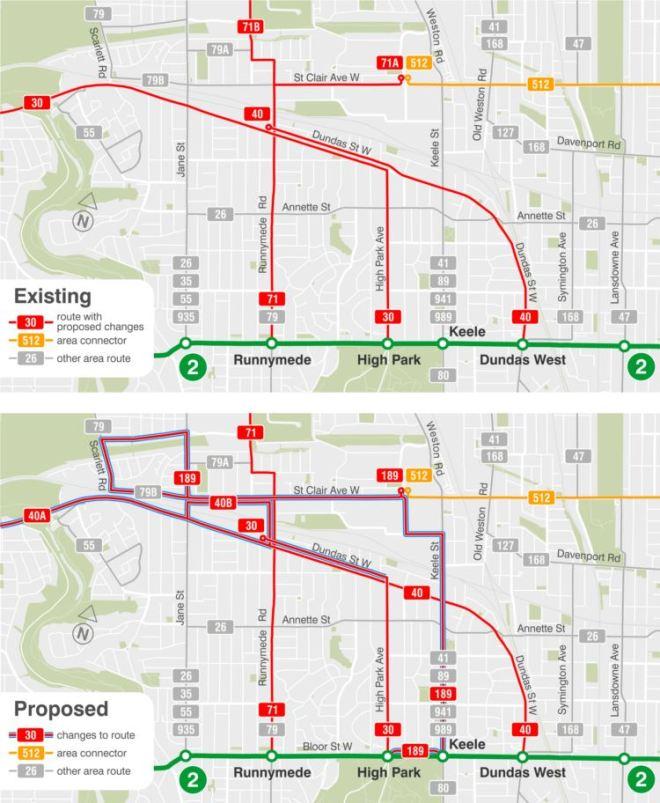thettctransitfanatic
Senior Member
Not just for the Yonge side. Yonge Line is just kind of the colloquial term for the entire Yonge-University-Spadina line, because its full name is just a mouthful. The same happened with Line 3 which at this point is probably better known as the "RT" or "SRT". I expect the same to be true for the "The Crosstown" eventually. Although in my experience while the YUS is simply truncated down to just the "Yonge Line" the Bloor-Danforth seems to keep its entire name. Guess it just rolls off the tongue better.
I call the University side the University line as well. They dropped the "Spadina" part of the name in 2015.









